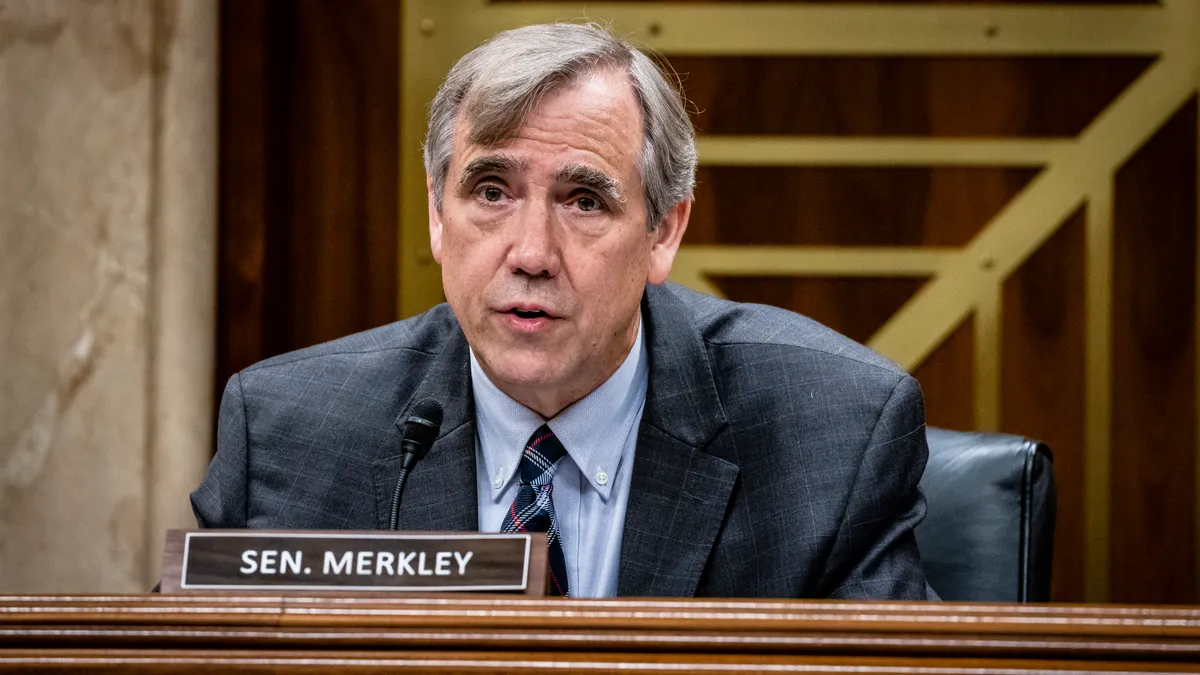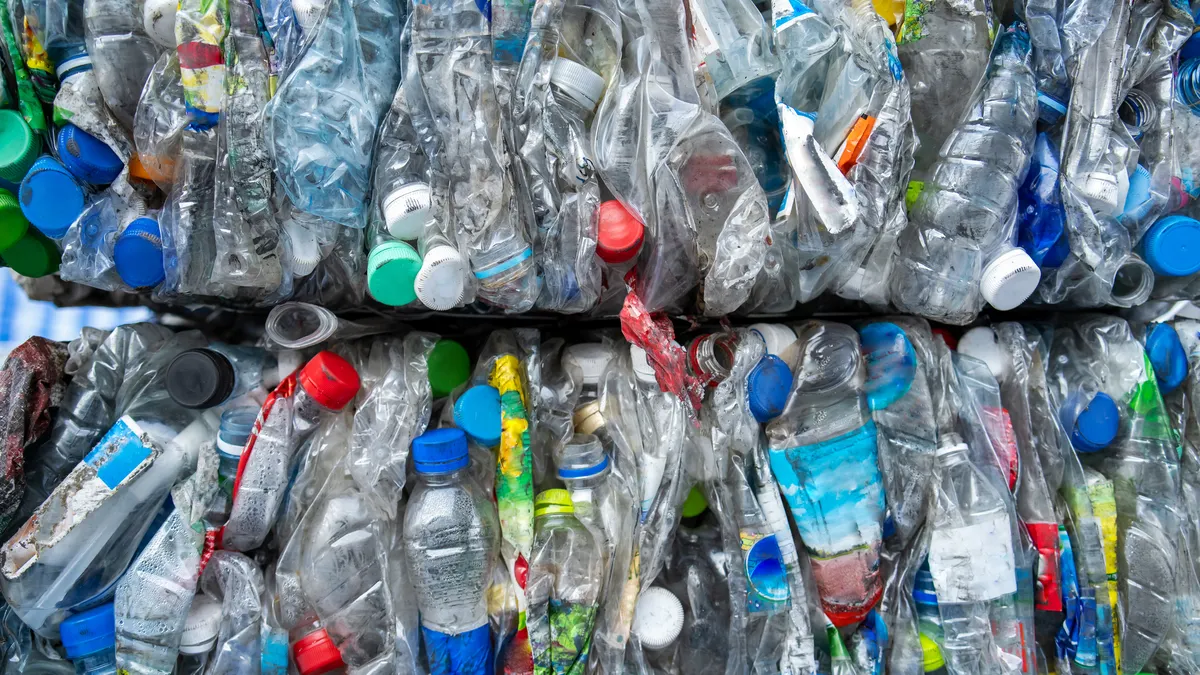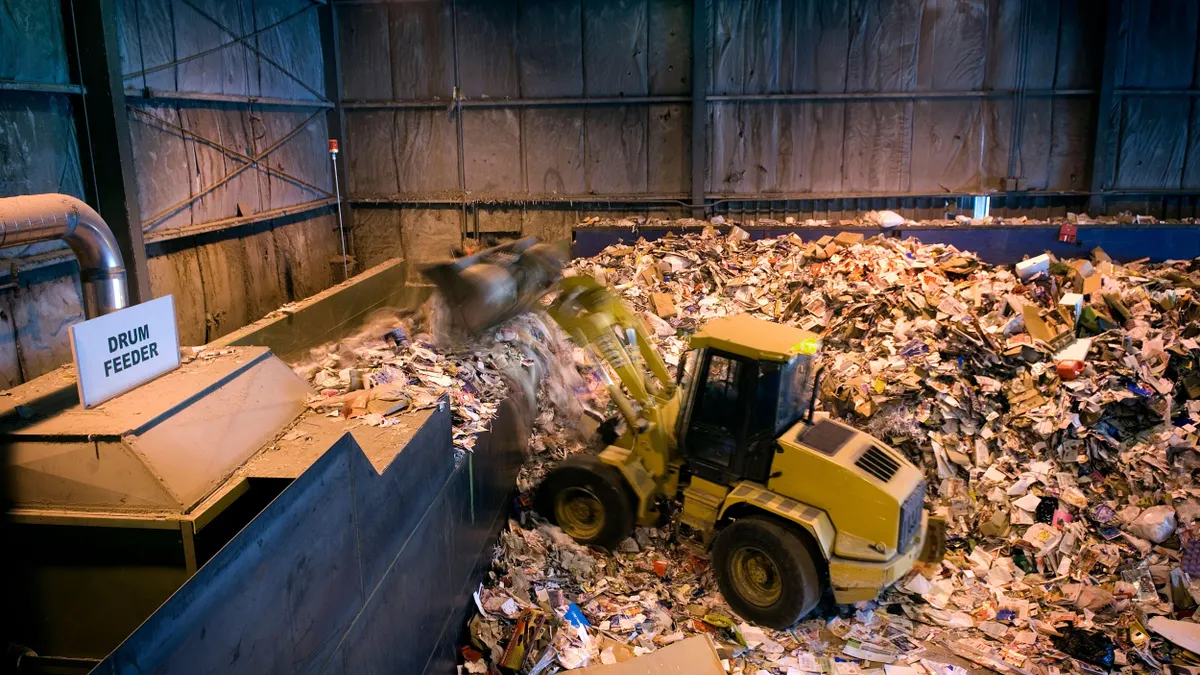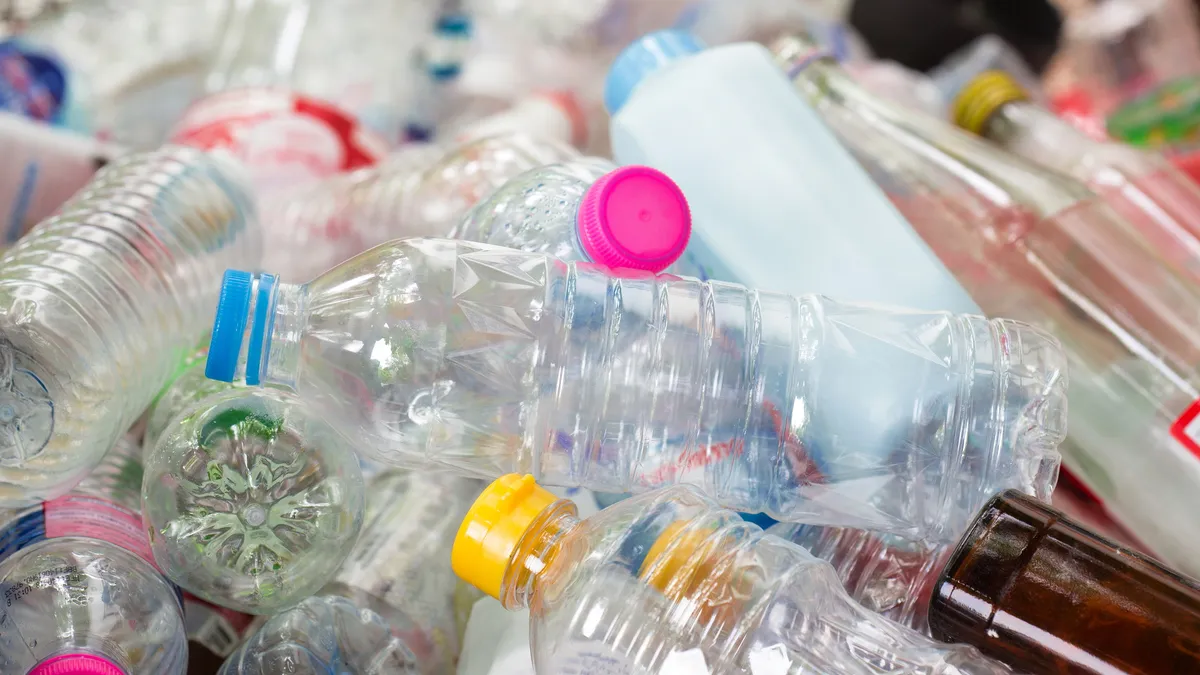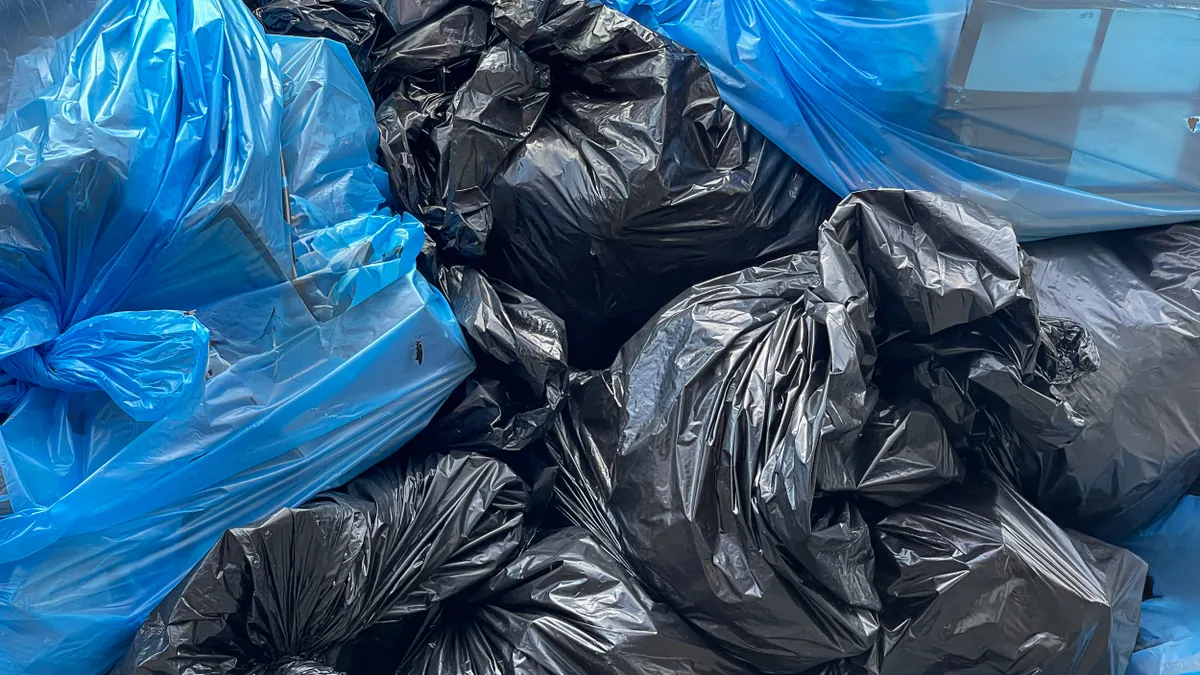At a Senate subcommittee hearing on Thursday, experts envisioned how a national bottle bill might help to improve U.S. recycling efforts — as long as such a program is flexible enough to allow states to make adjustments that reflect local infrastructure and market needs.
Speakers from the Container Recycling Institute, the Association of Plastic Recyclers and the Oregon Beverage Recycling Cooperative offered pros and cons of balancing existing state bottle bills with a possible national container deposit system.
Sen. Jeff Merkley, D-Ore., a longtime advocate of a national bottle bill, told the Senate Environment and Public Works subcommittee how a national framework could have major environmental benefits, and it also could help generate a more reliable domestic supply of recycled material for companies that have pledged to make packaging and products more sustainable. The hearing was part of an ongoing series of discussions Merkley said is needed to get lawmakers on the same page about managing plastic pollution.
“As more attention is given to the challenge of plastics, certainly there's more consideration that perhaps a national [bottle bill] system, rather than 50 different systems, might make a lot of sense,” he said.
Sen. Markwayne Mullin, R-Okla., cautioned against a federal program that lacks nuance. If not correctly implemented, a national bottle bill could disrupt existing recycling infrastructure, take high-value materials away from MRFs or create cost burdens for residents, he said. “If we push for legislation that imposes a one-size-fits-all approach, we’ll lose the opportunity to successfully increase America's recycling rates and we’ll harm local municipalities and rural states while doing it,” he said.
Their viewpoints explain why such programs — either federal or state — face complex hurdles to passage due to competing interests from stakeholders. The most recent federal attempt to pass a national bottle bill was through the Break Free From Plastic Pollution Act, which Merkley helped introduce in 2021. That bill didn’t gain traction and has not been reintroduced so far this year. Advocates are also working on other efforts to write separate national bottle bill legislation.
Meanwhile, 10 states have a bottle bill, and all operate slightly differently. Susan Collins, president of the Container Recycling Institute, said about nine or 10 state legislatures each year “seriously consider” introducing new bottle bills or making updates, which she sees as a sign that lawmakers understand the value deposit return systems can have on local economies and waste prevention. “Decades of data show that these systems are the single most effective way to increase container recycling rates” while reducing waste collection and landfill costs, she said at the hearing.
Harmonizing diverse bottle bills under one unified program isn’t a new idea, Collins added. The European Union recently enacted a single-use plastics directive that mandates a 90% return rate for plastic bottles. Many EU countries already have container deposit programs to help meet this goal, while other countries are establishing new programs to help hit that return rate. “They've done it in their own individual way in each country,” she said.
Jules Bailey, CEO of the Oregon Beverage Recycling Cooperative, acknowledged the complexities of running 10 different deposit return systems in the U.S. OBRC, a beverage industry group, runs Oregon’s bottle deposit program, while states like California manage their program through a state agency.
Oregon has the oldest bottle bill in the U.S. and has the highest return rate in the country. Though Bailey believes Oregon can serve as a model, its program isn’t meant to be copied and pasted into another state.
Each state’s program has nuances such as who operates the program, how residents interact with systems, and how it handles funding for handling fees and other costs.
In his view, a successful national bottle bill would allow existing bottle bill states to continue operating and “allow for state-based innovation and private sector innovation.”
“I don’t think that a one-size-fits-all program would work in the United States, but [a national program] could set a North Star and set a standard of what a successful program looks like,” he said.
The beverage industry, which was once a vocal opponent of most bottle bill legislation, has become a closer partner in crafting and updating state programs in recent years, added Steve Alexander, president and CEO of APR. Such beverage companies will be a critical player in future bottle bill conversations because they drive demand for recycled materials, particularly the high-value food-contact grades that bottle bill programs tend to collect, he said. “They need the supply. It’s as simple as that.”
Acknowledging differences in regional recycled plastics markets is another important consideration when discussing how a national bottle bill will influence supply, he said, adding, “Each state has its own marketplace.”



